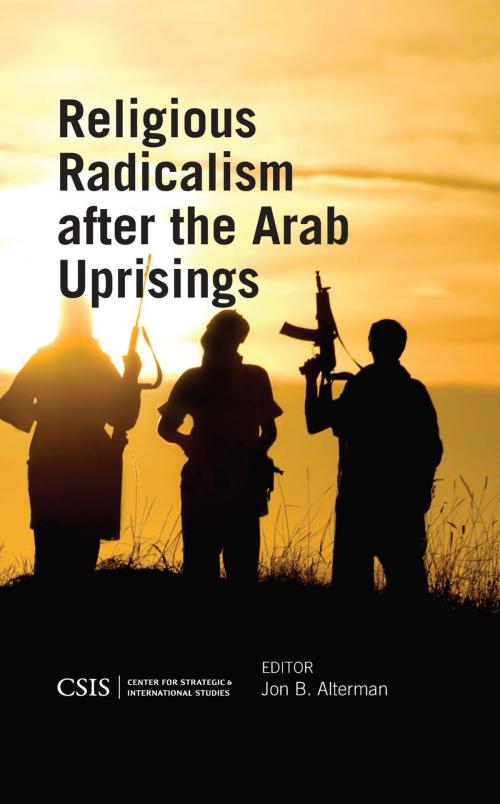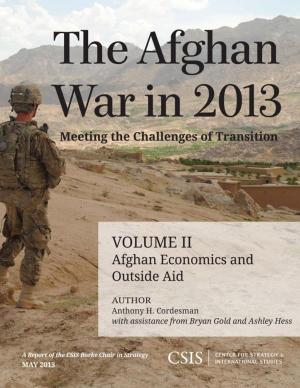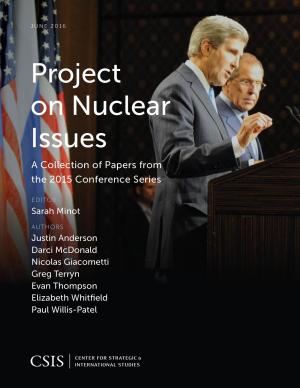Religious Radicalism after the Arab Uprisings
Nonfiction, Social & Cultural Studies, Political Science, International, International Security| Author: | Michael Barber, Haim Malka, William McCants, Joshua Russakis, Thomas M. Sanderson | ISBN: | 9781442240698 |
| Publisher: | Center for Strategic & International Studies | Publication: | February 2, 2015 |
| Imprint: | Center for Strategic & International Studies | Language: | English |
| Author: | Michael Barber, Haim Malka, William McCants, Joshua Russakis, Thomas M. Sanderson |
| ISBN: | 9781442240698 |
| Publisher: | Center for Strategic & International Studies |
| Publication: | February 2, 2015 |
| Imprint: | Center for Strategic & International Studies |
| Language: | English |
Gathering field work from almost twenty countries along with in-depth analysis and case studies, Religious Radicalism after the Arab Uprisings explores how radical groups, governments, and publics have responded to the Arab uprisings of 2011 and how conflicts that many thought were coming to an end are likely to continue indefinitely. Leading experts from the Center for Strategic & International Studies explore how radical groups have combined techniques learned from more liberal counterparts with a simultaneous decline in police capacity to construct an effective threat against established powers. The book also examines how governments have responded to unprecedented challenges to their authority by attacking a wide range of religiously inspired groups. It concludes that to face the current threats, governments need analyze the effectiveness of existing tools, discarding those that are outdated and adopting the new strategies to counter the ever-mounting radical presence.
Gathering field work from almost twenty countries along with in-depth analysis and case studies, Religious Radicalism after the Arab Uprisings explores how radical groups, governments, and publics have responded to the Arab uprisings of 2011 and how conflicts that many thought were coming to an end are likely to continue indefinitely. Leading experts from the Center for Strategic & International Studies explore how radical groups have combined techniques learned from more liberal counterparts with a simultaneous decline in police capacity to construct an effective threat against established powers. The book also examines how governments have responded to unprecedented challenges to their authority by attacking a wide range of religiously inspired groups. It concludes that to face the current threats, governments need analyze the effectiveness of existing tools, discarding those that are outdated and adopting the new strategies to counter the ever-mounting radical presence.















